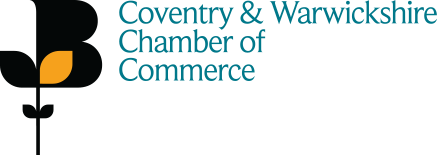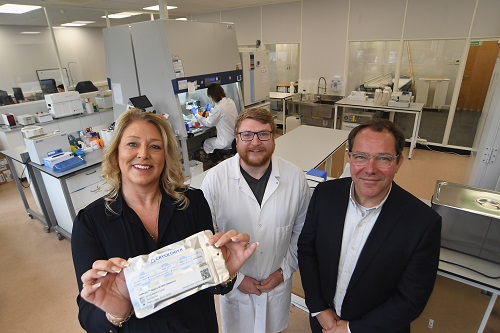The company, co-founded by Dr Tom Congdon and Professor Matt Gibson in 2021, has already patented technology that provides a molecular ‘shield’ to better preserve living cells when they are thawed after being frozen, allowing for higher-quality samples for pharmaceutical companies creating new drugs and therapies.
The technology was inspired by 'extremophiles' - species of animals, fish and plants that can survive in sub-zero environments thanks to their use of specialised proteins protecting their cells from any damage caused by ice.
Now, CryoLogyx is looking to develop a similar shield that protects blood cells in the thawing process, enabling high-quality blood to be accessed more easily in crisis situations.
Dr Tom Congdon, co-founder of CryoLogyx, said: “When blood transfusions are needed by doctors to treat patients, they have a couple of options at present.
“They can either source fresh blood, which is of high quality but has a very short shelf-life, or thaw out frozen blood, which can be stockpiled but is of poorer quality due to the thawing process damaging the delicate blood cells.
“Our shield preserves the blood cells during thawing, meaning the blood will be of far higher quality and is more likely to result in positive outcomes for patients.
“If our research comes to fruition, we believe it will have far-reaching consequences both in civilian and military contexts.
“For example, doctors could more reliably store rarer blood types in freezers, and extract them when needed instead of having to rely on a constant supply of fresh blood from donors, which can lead to shortages.
“In addition, field hospitals in conflict zones would be able to extract high quality blood more quickly to treat soldiers more effectively. Around 90 per cent of military casualties are due to blood loss, meaning having reliable sources of blood available could mean the difference between life and death.”
For CryoLogyx to undertake this research, it needed more lab space to run the required experiments effectively.
Dr Congdon approached Jane Talbot, centre manager at the Venture Centre, to see if this could be done.
“While our original office was fine to begin with, we were starting to outgrow it and we knew we needed more lab space if we were to realise our goals,” Dr Congdon added.
“The team at the Science Park moved really quickly, finding us an ideal unit to not only have a larger lab, but a separate office within the same space.
“It’s meant we’ve been able to replicate the ‘closed system’ that the blood banking industry uses within our lab, giving us more reliable results, while also allowing the researchers and our back-office staff to all work together.”
Jane Talbot, centre manager at the Venture Centre, said: “Ensuring our life science tenants have the best possible lab space for their research is incredibly important to us, so when CryoLogyx wanted to expand, we made it as smooth as possible for them.
“It’s brilliant to hear how well their research is going as a result, and we’re proud to be playing our part by facilitating their work.”
Dirk Schaefer, SME Engagement Lead at the University of Warwick Science Park, added: “CryoLogyx has come a long way since it opened its first office with us, and Dr Congdon and the team are creating some truly incredible products.
“We’re looking forward to hearing about the progress of their research and hopefully seeing their products being used to save lives in the future.”
Pictured- From left: Jane Talbot, Dr Tom Congdon, and Dirk Schaefer in CryoLogyx’s expanded lab at the Venture Centre, part of the University of Warwick Science Park


![Widget-[GIF].gif](/media/14816/widget-gif.gif)



























